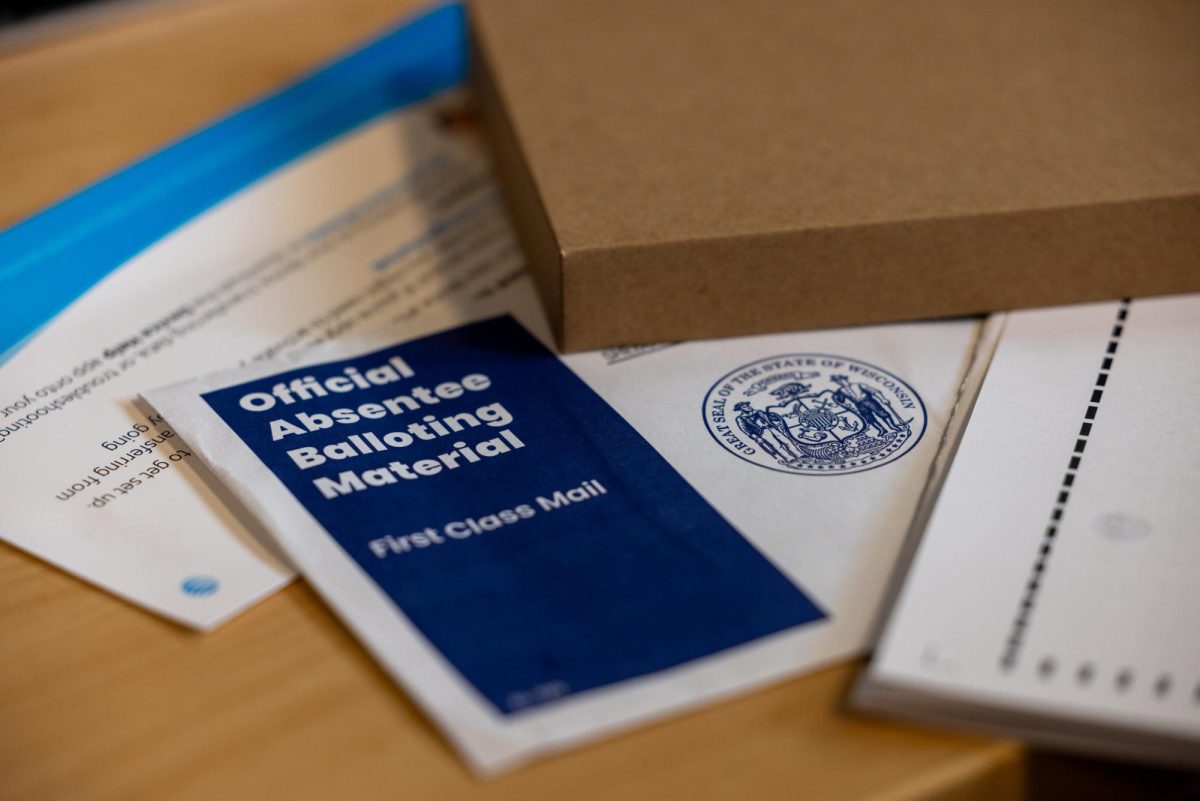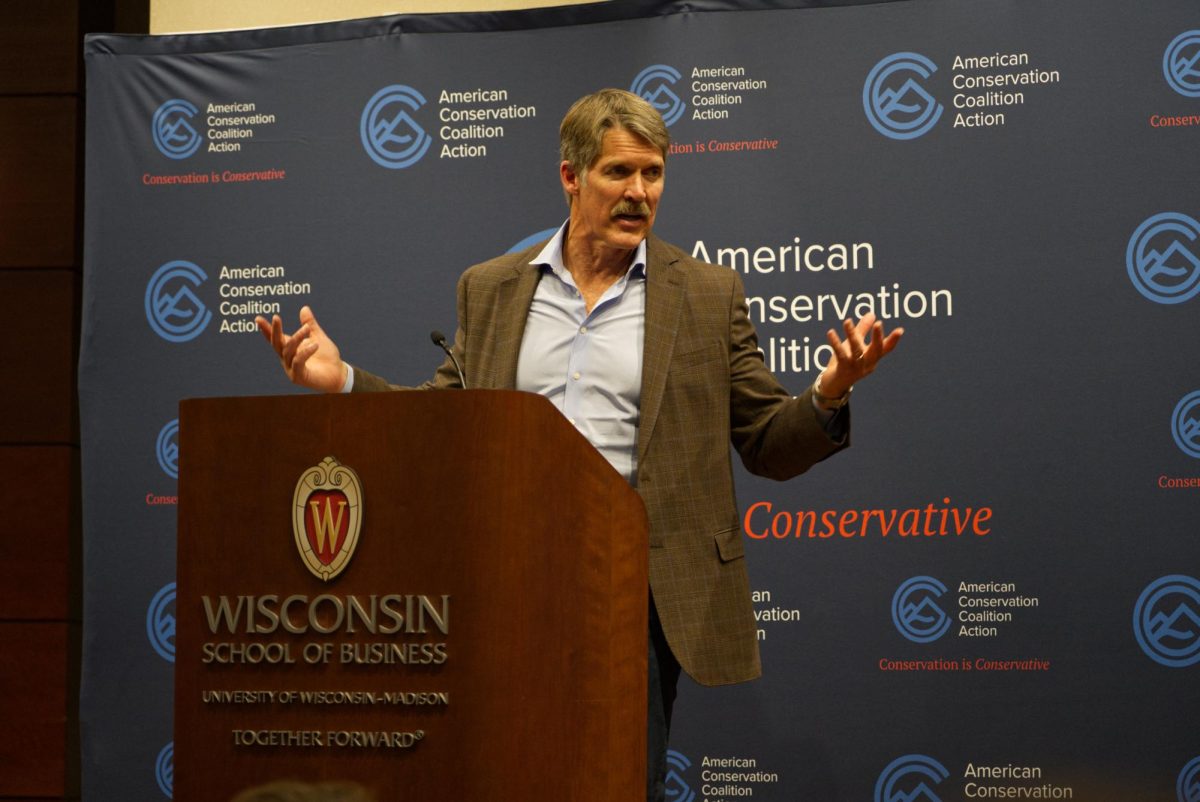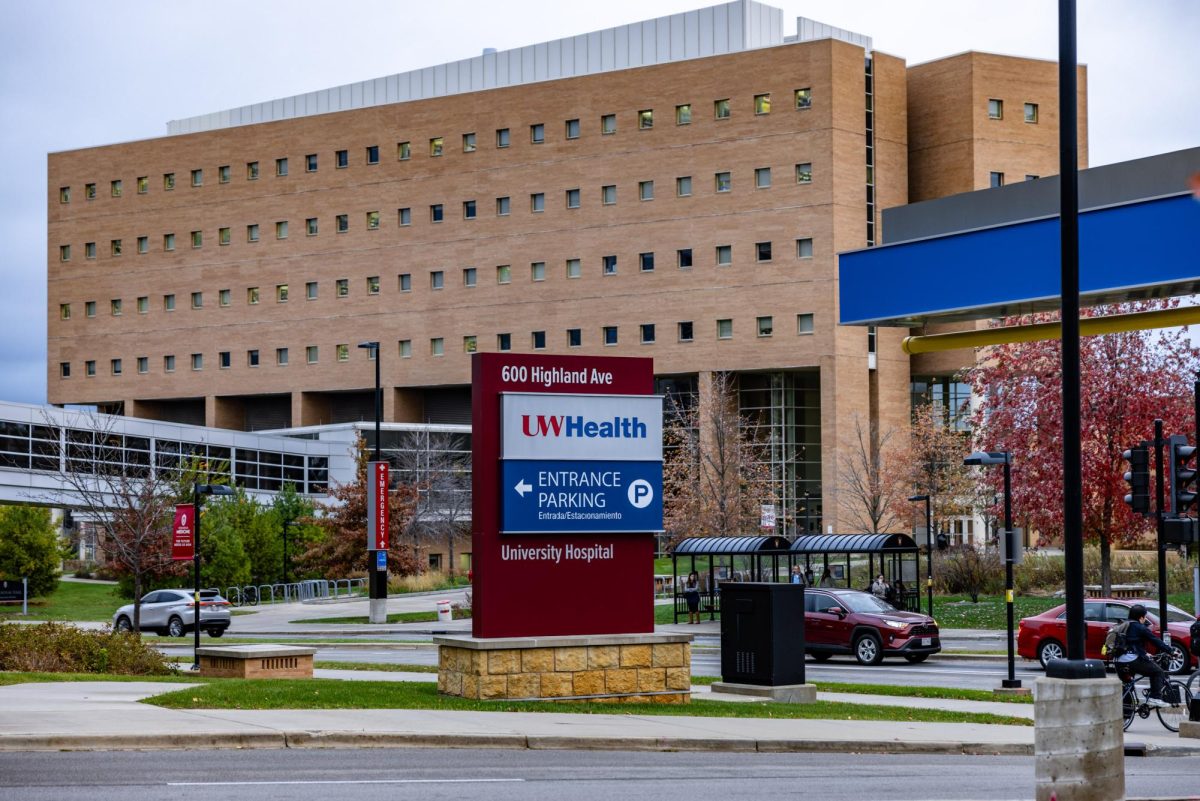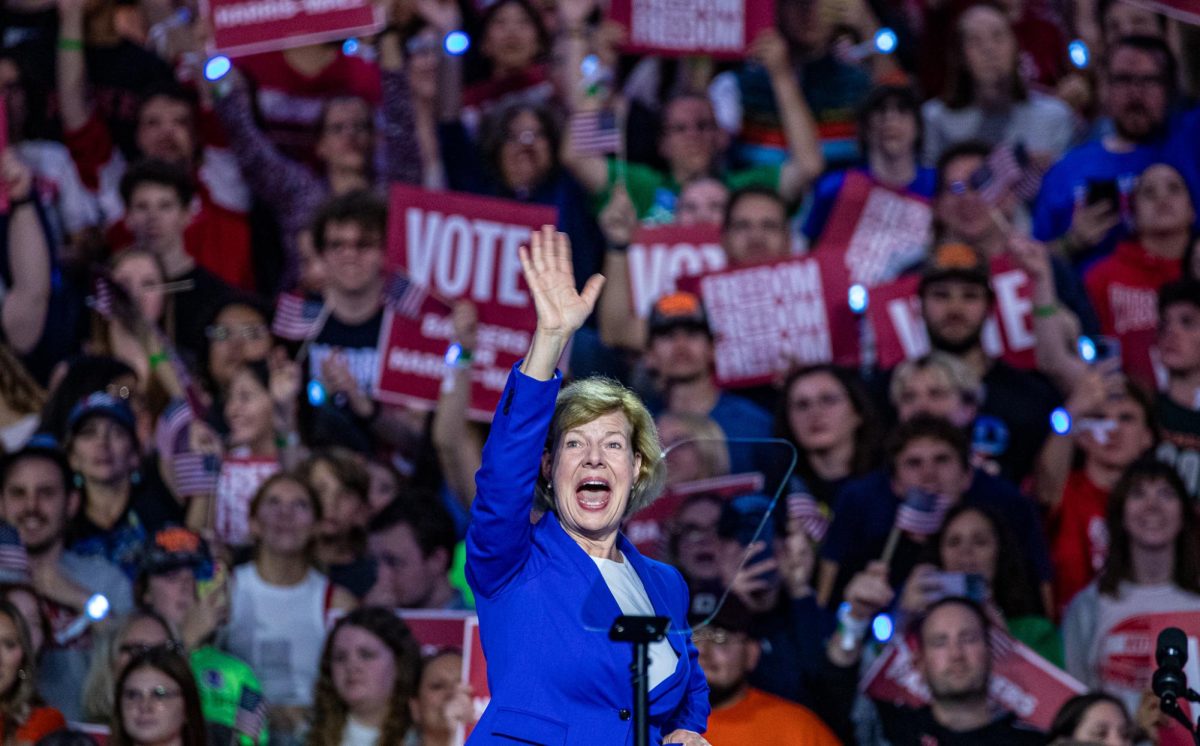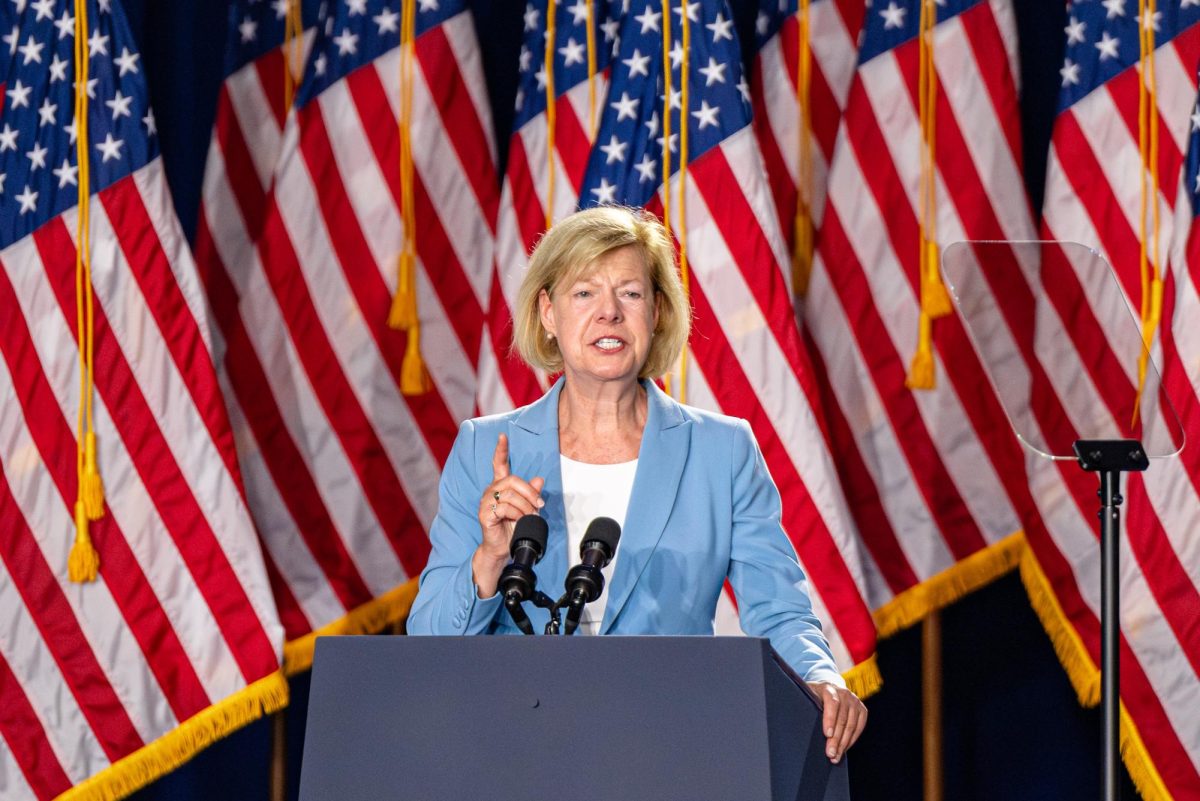With increased attention on absentee voting and concerns about postal delays, the Dane County Clerk’s Office is working to ensure that every vote counts, whether cast by mail or in person.
University of Wisconsin student and Morgridge Center for Public Service Voter Engagement Intern Kayley Bell shed light on some of the most common questions and concerns surrounding absentee and early voting among students. One particular point of confusion has been the use of in-person absentee voting.
“We’ve had a lot of questions about IPAV, which is still absentee voting, it’s just done in person,” Bell said. “For this, if you go to IPAV, you’re just filling out an absentee ballot and handing it to [election officials], rather than requesting it online or via mail and sending it back.”
Bell also said that Wisconsin’s voting system significantly differs from other states. While some states allow ballots to be counted before Election Day, Wisconsin requires that all absentee ballots, whether mailed in or dropped off in person, are processed on Election Day, Nov. 5.
With concerns mounting over potential delays in mail delivery, Madison’s District 8 Alder MGR Govindarajan urges students to consider alternative voting options to avoid any disruptions. MGR encourages students to go out and vote early, with early voting having started Oct. 22 in the state. He also highlighted several early voting locations that are available across campus, including Memorial Union and Union South. For those opting to mail in their ballots, MGR strongly advises sending them well in advance of Election Day.
“The recommended amount of time if you send in your mail-in ballot is at least one week before Election Day,” MGR said. This means that voters should have their ballots in the mail by Oct. 28 to ensure timely delivery.
MGR also pointed out the availability of secure absentee ballot drop boxes throughout the city, offering an alternative for voters concerned about potential postal delays. The closest drop box to the UW campus is outside the fire station on Monroe Street. These drop boxes are under 24/7 surveillance to ensure the security of the ballots, MGR said.
For students who have requested absentee ballots but later decide they want to vote in person, there is some flexibility. Bell said that as long as voters have not yet filled out and submitted their absentee ballot, they can still vote in person on Election Day.
While students explore their voting options, the local government and election authorities are doing their part to ensure a smooth voting process. The Clerk’s Office, which handles election administration for the region, has been proactive in encouraging early voting and promoting the use of drop boxes in the days leading up to the election, according to Dane County Clerk Scott McDonell. They have also been in close contact with the U.S. Postal Service to prioritize the delivery of absentee ballots.
“U.S. mail does prioritize absentee ballots,” McDonell said. “There is a sort of uniform design and look to absentee ballots so that the mail carriers and the sorters can prioritize them.”
In an effort to keep voters informed, the Clerk’s Office has ramped up its digital outreach, using social media, emails and public service announcements to communicate important voting deadlines, ID requirements and alternative voting methods, McDonell said.
The Clerk’s Office has also implemented several safeguards to ensure the integrity of absentee ballots. Voter IDs and ballot signatures are verified before ballots are processed, and absentee ballots must originate from the voter’s registered address.
“We’re also the only county in the state that publishes every ballot image to the web. You can go through and count the votes yourself,” McDonell said.
As Election Day draws closer, the concern of extended deadlines due to unforeseen postal delays has been raised. Only in extremely rare cases, like a major postal disruption, will an extended deadline be granted, which emphasizes the importance of voting early, McDonell said. Bell echoed this sentiment, urging students to plan ahead.
This extra time cushion allows voters to navigate any unexpected delays and ensures their ballot is received by their local polling station by 8 p.m. on Election Day.
For those still undecided about their voting method, MGR encouraged exploring all available options, whether that means voting early in person, using a secure drop box or mailing in their absentee ballot with plenty of time to spare.
“Campus has a large number of voting areas,” MGR said. “Your vote matters.”
McDonnell encouraged out-of-state students, all of whom are eligible to vote in Wisconsin, to vote early, to avoid any issues with showing proof-of-residence. As a swing state, winning Wisconsin could be the deciding factor in the outcome of the election, as the winning candidate would need at least 270 of the 538 electoral votes, according to the U.S. Vote Foundation.
By being informed about the voting process, planning ahead and taking advantage of early voting and absentee options, student voters can ensure their voices are heard in this election. With the efforts of local election authorities, student organizations and campus representatives, the message is clear — vote early, vote securely and make sure your vote counts.
“If you think about it, 14,000 out-of-state students could easily be the margin in a presidential race,” McDonell said.


